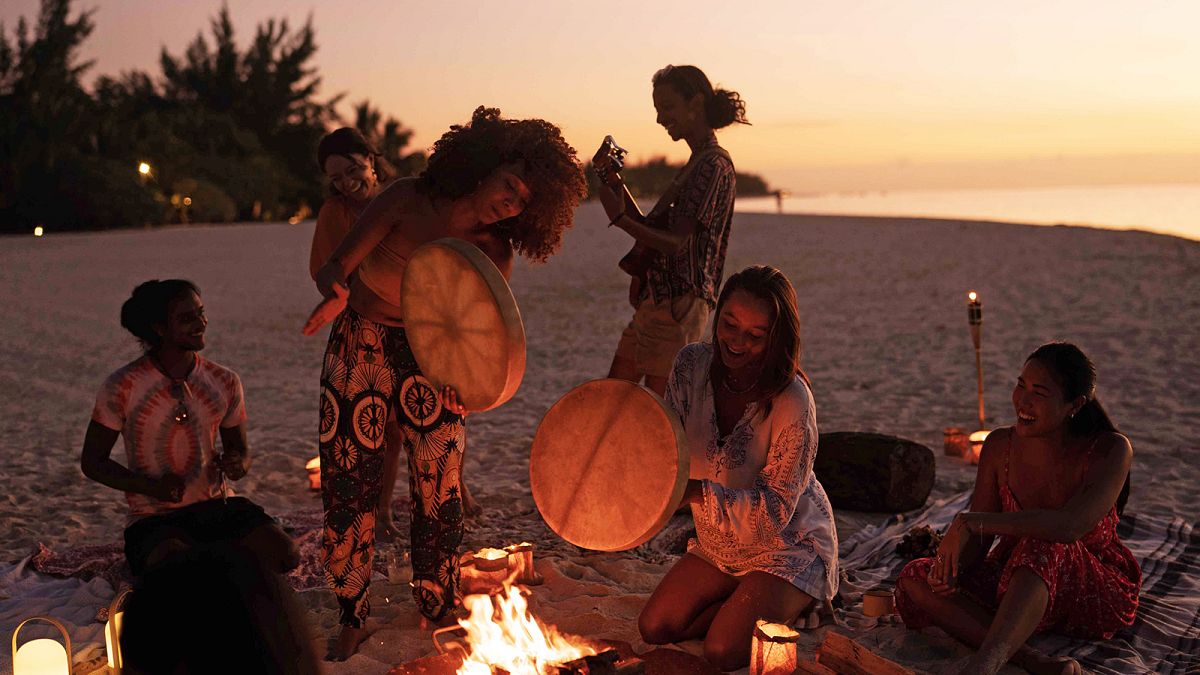Centuries of migration and colonial influences have shaped the island of Mauritius to make it one of the fascinating countries on earth. Ruled at various points in its history by the Portuguese, the Dutch, the French and the British, it is nowadays home to a variety of ethnic groups, each contributing to the social and cultural fabric of the island. Its festivals, languages, religions and cuisine reflect this eclectic mix of influences, while its museums and architecture offer a fascinating insight into a complex history of colonialism, sugar plantations, slavery and, ultimately, independence.
Famed throughout the world for its virgin beaches and extraordinary biodiversity, Mauritius has far more to offer the visitor than its natural assets. The island’s capital, Port Louis, is a living patchwork of cultures, which is nowhere more evident than in its quarter, sitting next to the ornate white Jummah Mosque. The friendship gates and streets of Chinese groceries come alive during the Chinese New Year, with parades and dragon dances under strings of lanterns.

Nearby is the covered , where you’ll find everything from tomatoes to t-shirts. Pick up the ingredients for a picnic, sample the street food in its food hall or simply take in the sights and smells. Also in Port Louis is the ( ), which houses two of the rarest stamps in the world, the Mauritian ‘Post Office’ stamps – issued in 1847 and worth millions of dollars.
A philatelists’ paradise, it also doubles as a hist.
















